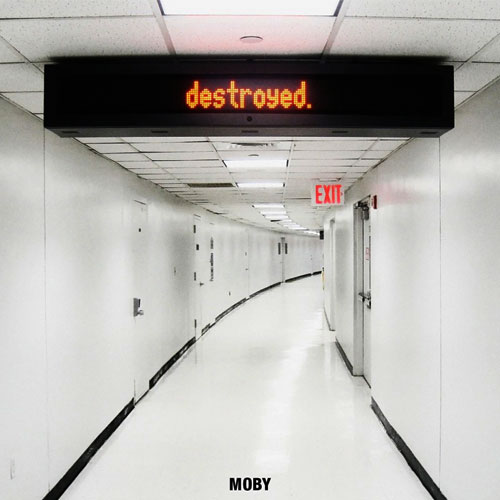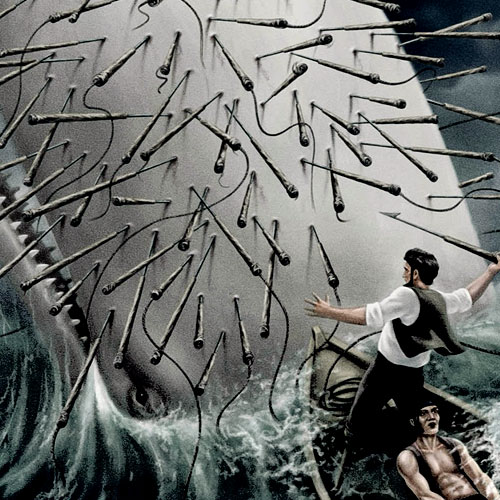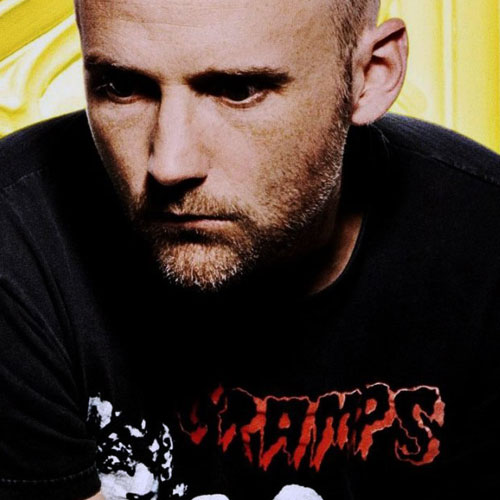Moby’s New Album May 18
MOBY
DESTROYED
MAY 16TH, 2011
History is littered with iconic insomniacs - Charles Dickens, Groucho Marx, Marilyn Monroe and David Bowie, to name but a few - all of whom were regularly kept from the tender embrace of Morpheus by their over -stimulated brains and voracious artistic appetites. Moby is yet another major artist to join the ranks of this illustrious slumber-free role-call. For Moby, sleep deprivation is as much an inevitable consequence of the modern international music star’s peripatetic lifestyle, as about being an unquenchable creative dynamo. “The last thing I should be is a travelling musician,” Moby admits. “Some friends of mine, if they go from LA to London, they’re immediately on British time; or they go from Singapore to San Francisco and they’re immediately on San Francisco time. I, unfortunately, go from NY to London and sit in my hotel room not sleeping, hour after hour.”
Aside from getting a chance to relish “some amazing sunrises you wouldn’t normally see, stuff that’s hidden from the sleeping world”, Moby has turned these sleepless nights to his advantage – a process he calls “repurposing insomnia.” During his last world tour Moby brought along a laptop Pro Tools setup, a microphone and keyboard and began to write and record music on the road. The bleary, after-hours statelessness of the touring regimen and the meditative solitude induced by gazing out on silent urban nightscapes pervades his new compositions, imbuing them with a liminal ambiguity that oscillates between ennui and epiphany.
“You’re in Cologne, in a hotel, room, you have insomnia, you’re exhausted but you can’t sleep,” describes Moby, setting the scene. “You look out of your window and everything as far as you can see is quiet and still, except for the occasional changing street light. You’re hardly going to make jump-up-and-down, hi-energy music… I tend to make music in that environment that’s quieter, more atmospheric, a little disconcerting, but hopefully also a little warm, enveloping and beautiful at the same time.”
With a hard drive full of wee small hours recordings, Moby returned to his studio in downtown Manhattan (New York being after all “the city that never sleeps”), where he set about turning the sketches into full-blown songs. The result is Destroyed, his ninth studio album, a 15-track collection rich in the kind of melodies that are lodge in the brain by stealth rather than by bludgeon, with a hook-line quotient unrivalled in Moby’s canon since 1999’s international breakthrough hit, Play.
Like its predecessor (2009’s post-punk-inspired Wait For Me), Destroyed eschews deluxe studio gloss, taking its cue instead from proto-electronic pioneers such as Suicide, DAF and early Heaven 17 – artists whose fearless efforts with electronic instruments resulted in music of immense character, filled with a kind of raw, sonic graininess that Moby doesn’t hear in much music nowadays. “I don’t really like too many big, well-produced records. I tend to like old records, whether it’s a Billie Holiday or John Lee Hooker recording … even a record like Cream’s Disraeli Gears: you listen to the technical quality of the recording, and it’s disastrous – but it sounds and feels amazing. What I love about John Lee Hooker’s first single, ‘Boogie Chillen’’, is that it’s just a guitar, a vocal and a guy hitting a box; it leaves room for me, the listener, to enter the recording. Whereas I listen to a new pop record and it’s so big, so bombastic and over-the-top, and so perfectly produced, I feel like I’m at an incredibly loud, dynamic party that I’m not invited to.”
An album of generous sonic space (with some dirt left in), Destroyed possesses a many-sided allure and fluidity. Offering dissonant, minimalist introductions inexorably ceding to epic crescendos, for all its sonic flourishes the moody tranquillity of its roots show through: “The trajectory of a lot of the songs is like the trajectory of hotel insomnia,” Moby explains. “It starts out disconcerting and then you sort of make peace with it. The more time goes on, the more you realise that it’s not disconcerting, it’s actually quite interesting. The songs begin minimal and fractured and then build and fill in a little bit.”
Restricting himself to just a handful of vocals (often processed through a half-broken Korg vocoder), Moby instead spread vocal duties across a cabal of female guest singers. Ranging subtly through a variety of styles - from the pointillist electronica of “The Broken Places” and the soaring, hymnal “Be The One”, to the soulful funk of “The Right Thing” via the Bowie/Eno-indebted ‘The Day’, the unadulterated synth-pop of “Blue Moon” and the symphonic melancholy of “Lie Down In Darkness” – Destroyed, Moby contends, is designed to be experienced as an album. “When I was growing up, albums were some of my best friends,” he recalls. “Heaven Up Here by Echo and the Bunnymen and Closer by Joy Division - I was closer to these records than I was to my family and friends. I love the idea of an album as a cohesive body of work; it’s still really precious to me.”
Destroyed’s title and front cover derive from a Moby photograph. It depicts the final part of an LED
security-warning sign “Unattended luggage will be destroyed,” which flashed up one word at time in a deserted hallway at New York’s La Guardia airport. For Moby the title succinctly expresses the psychological state bought about by life in almost perpetual motion. “Anyone who’s travelled a lot, or even a little, will have experienced being in an airport, in a hotel, when everything around you is vaguely familiar but disconcerting in its familiarity. You’re in an airport in Singapore and all looks normal, except your circadian rhythms are all screwed up; you haven’t eaten well; you haven’t slept; it’s unnecessarily bright, you’re covered in that weird, synthetic travel grime … and there’s that feeling of just being ‘destroyed’. Sometimes you get past the level of exhaustion and it starts to feel good … the narcotic quality of feeling ‘destroyed’.”
Evocative titles, many of them lifted from Moby’s favourite literary works, are a recurring motif on Destroyed. “Lie Down In Darkness” is named after a William Styron novel; “The Violent Bear It Away” and instrumental “Victoria Lucas” salute Flannery O’Connor’s so-named Southern Gothic morality tale and Sylvia Plath’s first pen-name, respectively – erudite literary references entirely befitting the great-great-grand-nephew of Herman Melville (author of Moby Dick).
A deluxe art book of Moby photographs, also titled Destroyed, has been published to coincide with the album’s release. Stark and amusing images, taken during Moby’s many global peregrinations, capture (like the songs on the album) the strange atmosphere of everyday ‘non-places’ and the curious abstraction of serial international travel. Moby had to be cajoled into publishing his photographic work; but in fact, far from being a dilettantish digital camera-wielding dabbler, he studied film and photography at SUNY Purchase. Indeed, Moby has been a keen lens-man ever since, as ten year old, he was presented with a Nikon F camera as a Christmas present by his uncle, a professional photographer for The New York Times.
Music, photography and literature are all grist to Moby’s creative mill. His composer credit appears on over 300 Hollywood and art-house movies (including Paul Haggis’s The Next Three Days, which features Destroyed track “Be The One” on its soundtrack, alongside other Moby material). Polymath though he may be, Moby asserts music is the centre of his universe: “The reason I got involved in music was, growing up, no other art form affected me as powerfully. I loved photography, I loved sculpture, I loved books, I loved painting, but nothing resonated with me on such a profound emotional level as music did. Forty years later, I’m still as obsessed, maybe more obsessed, with music than I’ve ever been.”
|
|
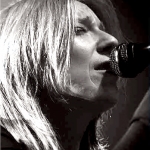
|

The Airborne Toxic Event |
LATEST GALLERY IMAGES

Where Israel Goes, Misery Follows 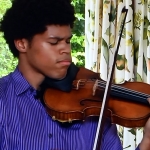
The Kanneh-Masons |
|
|


